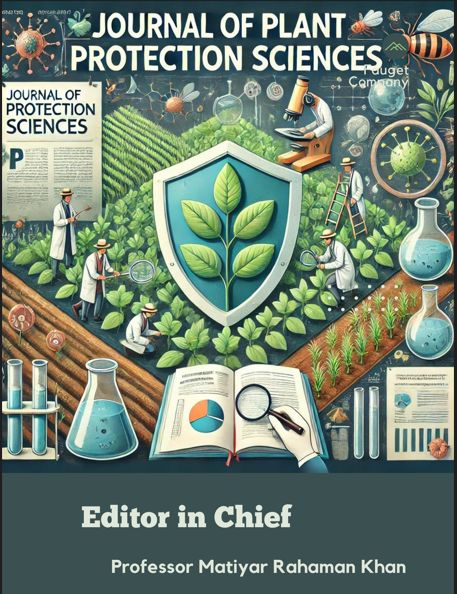New pesticide molecules, formulation technology and uses: Present status and future challenges
DOI:
https://doi.org/10.48165/Keywords:
Innovations of new, pesticides, modern formulations, pesticide regulations, production and consumptionAbstract
Mankind has a history of using crop protection products from non-selective, naturally occurring compounds to highly specific synthetic and biological materials for assured food production and protection of environment since long time. There is a sequential rise in the production and consumption of pesticides in India during the last three decades. Researches are going on to develop safer molecules which could undergo photo-degradation, microbial degradation as well as chemical degradation leaving very less amount of residues in the environment. Conventional pesticide formulations like WP, EC etc are endangering human health and polluting environment. Newly developed modern formulations like water emulsifiable gel, floating granules, drift less dust, macro and micro encapsulated suspension, hollow fibers, monolithic matrix, laminated structures etc can avoid these problems. The prime motto for these developments is to give protection to the crops along with safety to the natural enemies of different pests as a whole safety to environment.
References
Baum TJ Hiatt A Parrott WA Pratt LH Hussey RA. 1996 Expression in tobacco of a monoclonal antibody specific to stylet secretions
Bohmart BL. 1997 The Standard Pesticide Users Guide, 4th edition. London: Prentice-Hall International
Carson Rachel. 1963 Silent Spring, London: Hamish Hamilton
Brown CL Hock WK. 1990 The Fate of Pesticides in the Environment and Groundwater Protection, Agrichemical Factsheet#8, Penn State Cooperative Extension.
Crop Protection Handbook. 2005. Vol. 91, Willoughby, Ohio: Meister Publishing Co. http://www.meisterpro.com/mpn.
Handbook of Agriculture, ICAR, 2007 http://cei.org/node/20957 http://oregonstate.edu/~muirp/pesthist.htm http://www.alanwood.net http://www.btny.purdue.edu/Pubs/PPP/PPP-31.pdf http://www.cibrc.nic.in/reg_products.htm(2007) http://www.ncipm.org.in/asps/pesticides

